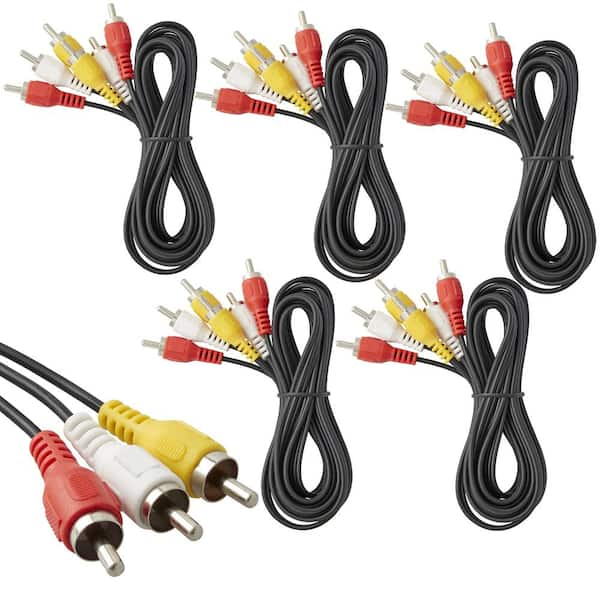Highlighting the Influence of Lighting Circumstances on Motion Identification Accuracy and Reliability
Illumination conditions have a crucial role in the way effectively we can perceive motion. Movement detection is a key component of different technologies, including security cameras, automatic lighting systems, and even some gaming applications. Understanding how different illumination conditions influence our ability to perceive movement can assist enhance the design and efficacy of these systems. For example, poor illumination can lead to overlooked movements or false alarms, while ideal illumination can boost the precision of motion detection technologies.In bright illumination conditions, movement detection is generally more accurate. As there is ample illumination, sensors and cameras can obtain sharper images, which assists in recognizing moving objects. Well-lit environments allow for better distinction between the moving object and the surroundings. This contrast is crucial for both human observers and mechanical systems, as it makes it simpler to differentiate between static and moving elements in a setting. Thus, ensuring that spaces are adequately illuminated can significantly enhance the performance of movement detection technologies.
On the other hand, low-light environments can pose difficulties for movement detection. In dim environments, darkness can hide moving elements, making them difficult to perceive. Additionally, the human eye struggles to perceive motion in low light, which can result in misunderstanding of what is happening in the surroundings. Cameras might also encounter difficulties, as many do not function well in low light without the use of infrared capabilities or other improvements. These restrictions highlight the importance of adequate illumination in environments where motion detection is essential.
Moreover, various types of illumination can have varying effects on motion detection. For instance, fluorescent lights can flicker, which might confuse motion detection systems that depend on consistent illumination input. On the contrary, natural provides a steady source of lighting that enhances Click Here clarity. Understanding these differences in lighting types can assist users in choosing the most suitable lighting for specific applications, especially in security and safety scenarios.

In summary, the relationship between illumination environments and movement detection accuracy is significant. By ensuring that settings are suitably illuminated, we can enhance the reliability of movement detection systems. This understanding not only supports tech uses but also improves security and security in multiple environments. As further advancements are made in motion detection technology, considering illumination environments Discover More will continue to be a crucial factor in optimizing effectiveness and ensuring that these systems work effectively in various environments.